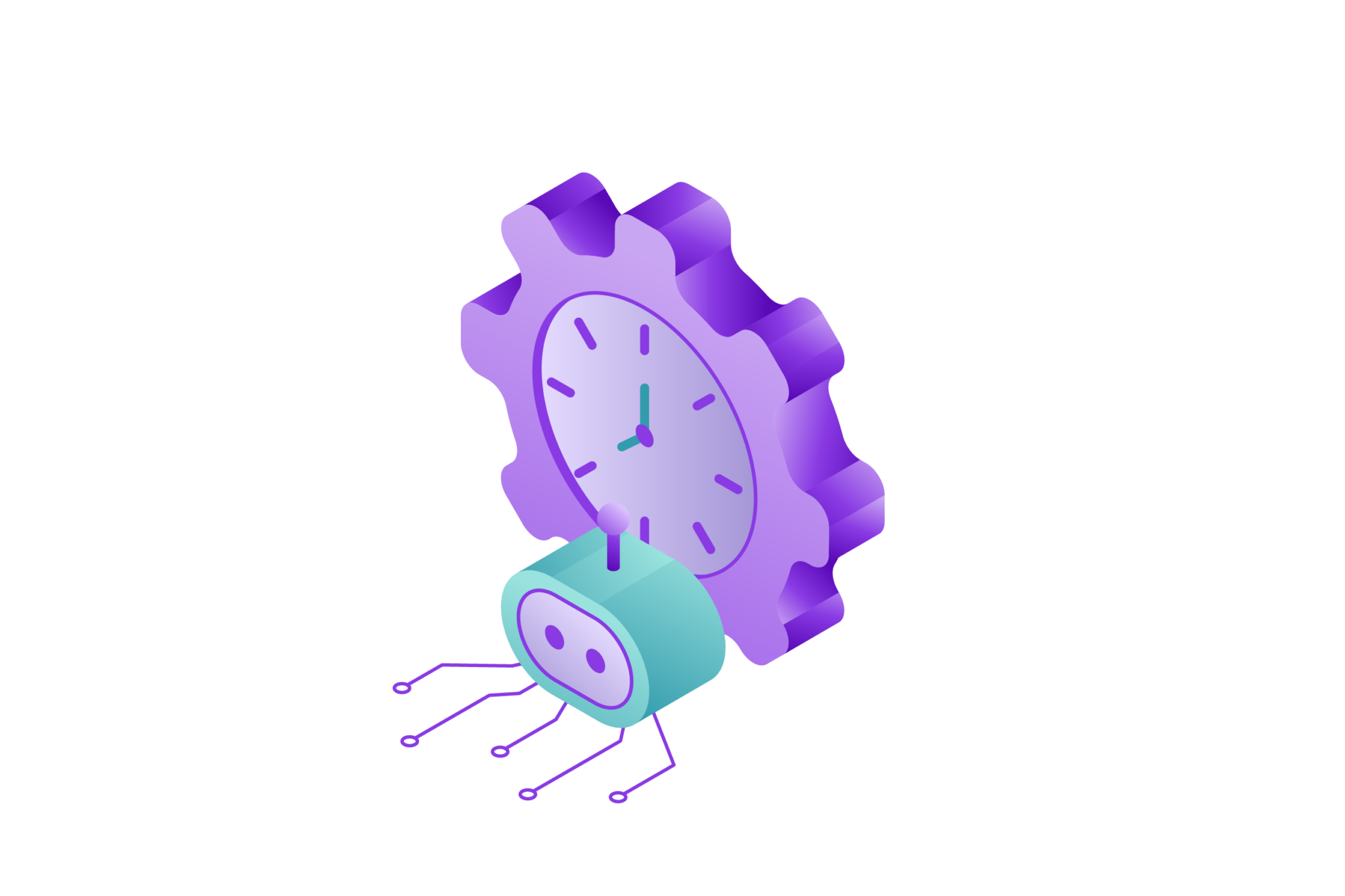
Market making, as the name suggests, is when buyers and sellers come together to create a market for financial items. This has become important in the crypto world too. Market makers help people easily trade cryptocurrencies. How well they do their job is a big deal for judging how well a project and the whole crypto industry are doing.
One important tech innovation is the Market Making Bot. These smart algorithms have changed how trading works by keeping the market liquid, improving the prices people get, and making the whole market work better. This article explains Market Making Bots in detail, talking about how they work and what benefits they bring.
Understanding Market Making Bots

Market making bots are automated trading systems designed to provide liquidity to financial markets by continuously placing buy and sell orders for a particular asset. These bots play a crucial role in maintaining an orderly and liquid market by bridging the gap between buyers and sellers. They profit from the bid-ask spread—the difference between the highest price a buyer is willing to pay and the lowest price a seller is willing to accept.
Market making bots are like automated helpers in financial markets. Imagine a marketplace where people buy and sell things. These bots make sure that there’s always someone ready to buy from those who want to sell and sell to those who want to buy. This helps keep prices from changing too quickly and makes trading smoother.
Also Read: All About Algorithmic Trading That You Should Know!
They work in different markets, like stocks, cryptocurrencies, and commodities. These bots are like little traders that help make sure people can easily buy and sell cryptocurrencies. This bot will automatically decide what price to buy and sell at, making it easier for others to trade your token.
Using these bots isn’t a super simple solution. They have their limitations, like not being as fast as some other systems, and there are risks involved too. To put it simply, market making bots are computer programs that make trading easier by keeping prices steady and helping with buying and selling. They’re especially helpful in digital money markets, but you need to be careful when using them.
How Market Making Bots Work

Market Making Bots work by swiftly responding to the actions of Market makers, who are high-volume investors that place buy and sell orders simultaneously to provide enough liquidity to the markets. Here’s a simplified breakdown of their operation:
Data Analysis
Market making bots that incorporate data analysis operate by utilizing advanced algorithms and data-driven strategies to inform their trading decisions. These bots gather extensive datasets from sources such as historical price movements, trading volumes, bid-ask spreads, order book depths, and real-time market news.
These data serve as the foundation for constructing and refining trading strategies. They use this data to find potential opportunities for making trades.
Quoting
Market making bots operate in quoting by continuously generating and updating bid and ask prices for a particular financial asset in order to facilitate trading and maintain liquidity. These bots play a critical role in ensuring that there are readily available orders for both buyers and sellers, narrowing the bid-ask spread, and ultimately contributing to smoother market operations.
When a trading opportunity is detected, the bot automatically creates limit orders for both buying and selling on the order book. This essentially establishes a market by offering prices within a narrow range of the current market price.
Order Execution
Market making bots in order execution focus on efficiently and effectively executing trades to match incoming orders while maintaining their role in providing liquidity to the market. These bots leverage real-time data and algorithms to swiftly respond to trading opportunities and maintain a balanced position.
If a buyer or seller accepts the bot’s quoted price and initiates a trade, the bot is committed to completing its side of the trade. Depending on market conditions, it can either hold onto the acquired asset or sell it immediately.
Risk Management
Market making bots consistently track their open positions and exposure to market movements. This scrutiny allows them to prevent overexposure to a single asset or a particular market condition. Automated position tracking also enables these bots to identify potential areas of risk accumulation and adjust their strategies accordingly.
Market Making Bots use advanced risk management techniques to reduce losses. They often adjust their quoting strategies based on factors like market volatility, trading volumes, and past price patterns.
Characteristics of Market Making Bot Should Have

Market making bots play a significant role in financial markets by providing liquidity, maintaining orderly trading, and facilitating price discovery. Effective market making software boasts key traits, balancing advantages with considerations:
High Performance
Market making bots designed for high performance exhibit a set of distinct characteristics that enable them to execute their strategies swiftly, efficiently, and effectively. These characteristics contribute to their ability to provide liquidity, manage risk, and respond to changing market conditions with speed and precision.
The software must process transactions rapidly to capitalize on market fluctuations. Speed is essential to ensuring the timely execution of buy and sell orders. Efficient coding and optimized algorithms are crucial for swift decision-making and action, ensuring that market opportunities aren’t missed due to delays.
Scalability
Scalability is a critical characteristic of market making bots that allows them to handle increasing trading volumes and expanding market activity while maintaining their performance and responsiveness.
As trading volumes increase, the software must handle larger loads without compromising performance. A well-designed system can seamlessly manage heightened transaction activity, allowing for expansion into new markets and assets.
Security
Security is a paramount characteristic for market making bots to ensure the integrity of their operations, protect sensitive data, and prevent unauthorized access.
Given the financial nature of their activities and the potential risks involved, robust security measures are essential. Strong encryption, authentication mechanisms, and regular security audits are fundamental to safeguarding both user data and trading capital.
Flexibility
Flexibility is a key characteristic of market making bots that allows them to adapt to changing market conditions, evolving trading strategies, and varying asset classes.
Flexible bots can be customized and configured to meet specific trading objectives while accommodating new opportunities. Configurable parameters and a modular design allow traders to fine-tune algorithms for optimal performance in different scenarios.
Also Read: Market Maker Options: Definition and How They Make Money
Regulatory Compliance
Regulatory compliance is an essential characteristic of market making bots to ensure that their trading activities adhere to relevant financial laws and regulations. Compliance measures not only protect the integrity of the trading ecosystem but also mitigate potential legal and reputational risks.
Algorithmic trading, including market making, often faces regulatory scrutiny. Software should adhere to relevant regulations and compliance standards. Transparent reporting, audit trails, and adherence to market integrity rules help mitigate legal risks and ensure fair market practices.
Conclusion
Market Making Bots have changed how financial markets work by adding more trading opportunities, improving trading conditions, and making trades happen faster. What sets this apart from others is that it needs to react quickly to market changes before other investors can, it operates automatically, and it’s designed to minimize the risk of unfavorable price shifts by effectively managing open positions.
As technology keeps getting better, these bots will become even smarter, playing a bigger role in keeping global financial markets stable. But using them comes with risks that need careful handling, following rules, and understanding market changes. However, what do you think, guys?

I craft stories that make complex ideas clear. I simplify the blend of data science, machine learning, and crypto trading, showcasing how advanced tech and quantitative models analyze data for informed trading choices. Join me in exploring the realm of quantitative trading, where my narratives make intricate concepts easy to grasp.
- Alifia Berizkyhttps://quantmatter.com/author/alifia-berizky/
- Alifia Berizkyhttps://quantmatter.com/author/alifia-berizky/
- Alifia Berizkyhttps://quantmatter.com/author/alifia-berizky/
- Alifia Berizkyhttps://quantmatter.com/author/alifia-berizky/
